Iso Shipping Container Size
ISO Shipping Container Market Growth Projections and Opportunities
The market dynamics of ISO Shipping Containers are intricately woven with the increasing adoption of these containers in seaborne trade, a surge in commodity demand, and the expanding industrial base for shipping containers in China. This growth trajectory, however, encounters hurdles such as the volatility in raw material prices and the impact of slower economic growth.
The global ISO Shipping Container market is poised to exhibit a Compound Annual Growth Rate (CAGR) of 5.60% during the forecast period. A closer look at the market landscape in 2016 reveals that Southeast Asia took the lead with a substantial share of 25.43%, followed by China and Europe with shares of 18.41% and 15.00%, respectively.
The segmentation of the global ISO Shipping Container market is structured around type, application, and region. Among the types, standard dry containers emerged as the dominant category, capturing a significant market share of 45.21% in 2016, with a market value of USD 3,743.3 million. Furthermore, this segment is anticipated to showcase the highest CAGR of 5.58% during the forecast period. In terms of application, food transport claimed the largest market share of 41.56% in 2016, with a market value of USD 3,441.1 million. The food transport segment is projected to witness the highest CAGR of 5.99% during the forecast period.
The driving forces behind the growth of ISO Shipping Containers are deeply rooted in the global trade ecosystem. The escalating utilization of shipping containers in seaborne trade signifies the vital role these containers play in facilitating the movement of goods across international waters. The growth is further fueled by the robust demand for commodities, reflecting the containers' pivotal role in the transportation of diverse products.
China's prominent standing in the market is a testament to its expanding industrial base for shipping containers. The nation's robust manufacturing capabilities and strategic positioning in global trade contribute significantly to the overall market dynamics. However, this growth narrative encounters challenges emanating from the fluctuations in raw material prices, creating uncertainties in the cost structure for container manufacturers.
While the market is poised for growth, the ripple effects of slower economic growth serve as a constraint. Economic slowdowns in key markets can impact trade volumes and subsequently influence the demand for shipping containers. The interconnectedness of global economies underscores the need for resilience and adaptability in the ISO Shipping Container market.
Looking ahead, the market's trajectory hinges on factors like economic stability, trade dynamics, and innovation in container design and materials. The resilience of the ISO Shipping Container market in navigating challenges and leveraging opportunities will be pivotal in determining its future growth trajectory. As the global trade landscape continues to evolve, the market players must align their strategies with emerging trends to sustain and thrive in this dynamic environment.
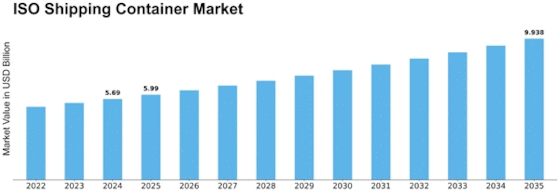

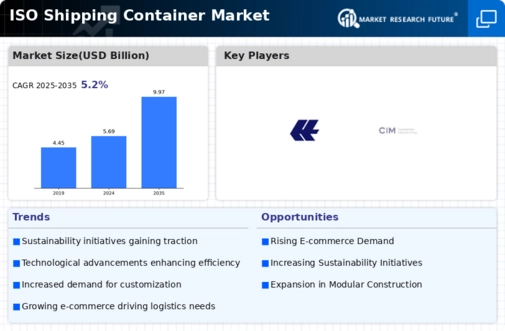
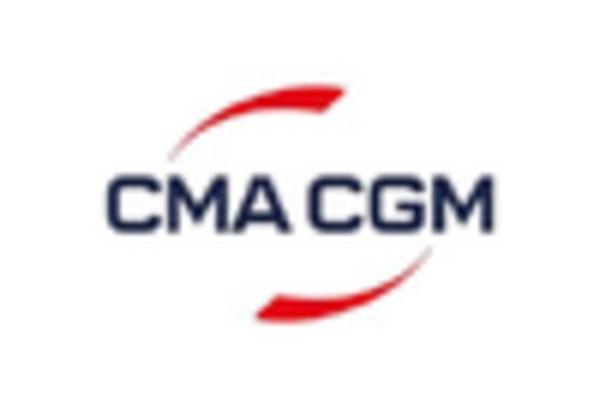
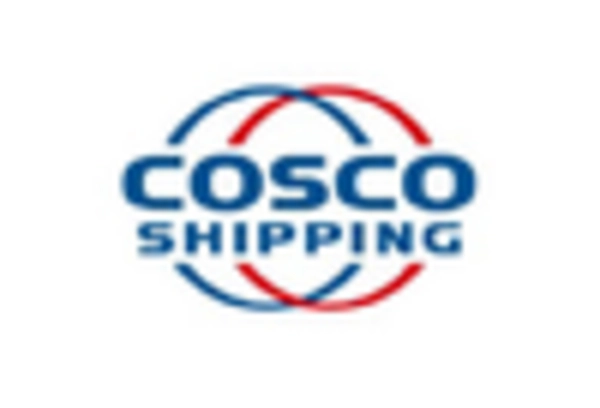

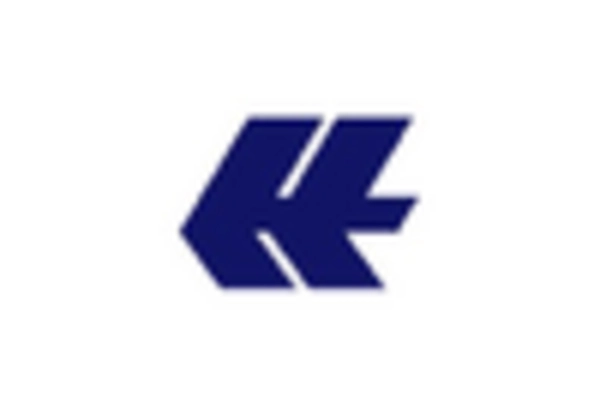
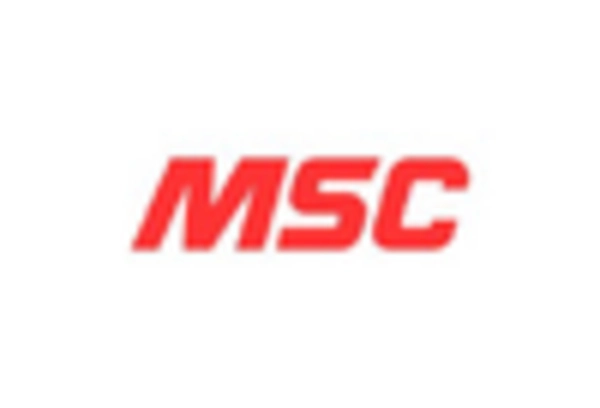










Leave a Comment